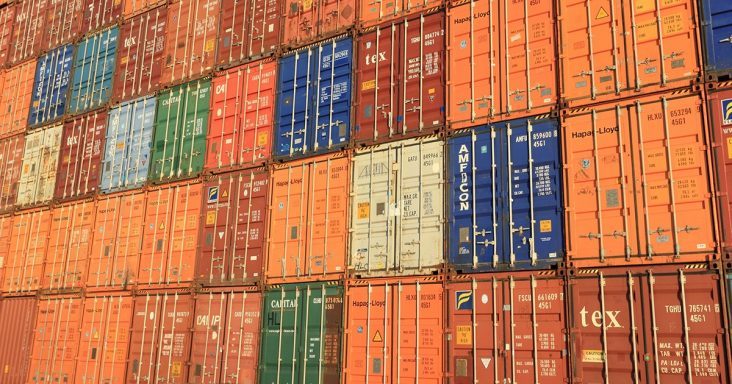Federal money for river ports, intermodal facilities discussed at roundtable
by April 12, 2023 5:36 pm 1,276 views

Stakeholders and those interested in the future of intermodal transportation in the region had the chance to discuss industry challenges and opportunities during a Wednesday (April 12) roundtable hosted by the U.S. Maritime Administration (MARAD) and the Western Arkansas Intermodal Authority (WAIA).
About 60 from Arkansas and Oklahoma attended the all-day event held at Fort Smith Public School’s Peak Innovation Center. Jay White, WAIA chair, said the roundtable was an educational opportunity for the region.
“The Western Arkansas Intermodal Authority’s goal is to improve all modes of transportation. It’s much more than the intermodal project that we are working on. The interest we are experiencing with our intermodal efforts is due to the regionalism that we finally are experiencing. And we want our stakeholders and our region to understand our goals, our opportunities and our resources,” White said.
Much of the day was spent looking at the resources available for ports such as the one WAIA hopes to one day have in the Fort Smith metro area. Rear Admiral Ann Phillips, MARAD administrator, told the group that grants are available to make generational change to communities, particularly in the smaller ports, great lakes and inland waterways.
“About $1.2 trillion went into the bipartisan infrastructure law. … Certainly a substantial amount of that is helping us to make historic investments around the nation and to make significant progress in modernizing the maritime industry, upgrading infrastructure and making access to jobs,” Phillips said.
Of that money, $17 billion went into things that can connect to ports and waterways, and more specifically, $2.25 billion went into the Port Infrastructure Development Program (PIDP). PIDP are funds specifically set aside for small ports and terminals so they are not competing with the large ports like the Port of Los Angeles, the Port of Long Beach or Port of Houston.
“Small ports are important. They matter. In 2020, there was $41 million available in grants for small ports. There is $162 million this year for small projects. These grants are for small projects up to $11 million,” said Aimee Andres, executive director of the Inland Rivers, Ports and Terminals (IRPT).
While the PIDP program is for small projects with public ports, Andres said private ports can be eligible if they have a public sponsor, such as Western Arkansas Planning and Development District (WAPDD).
Marty Shell with Five Rivers Distribution, which manages the port of Fort Smith and has a port operation in Van Buren, said as a small family owned operation, the PIDP opened a door that never could have otherwise. He is applying for a PIDP grant that would allow a major project that will create jobs and retain jobs in the area.
“This program allows us to move projects forward instead of just talking about them,” Shell said.
Phillips said there are several criteria that makes grant applications more attractive, including the project having the ability to connect to Class One rail. But the most important criteria is that applications are filed. She said there are other grants available including opportunities through the Maritime Highway Program.
“There are opportunities to make big change. Apply for grants. There is money,” Phillips said.
